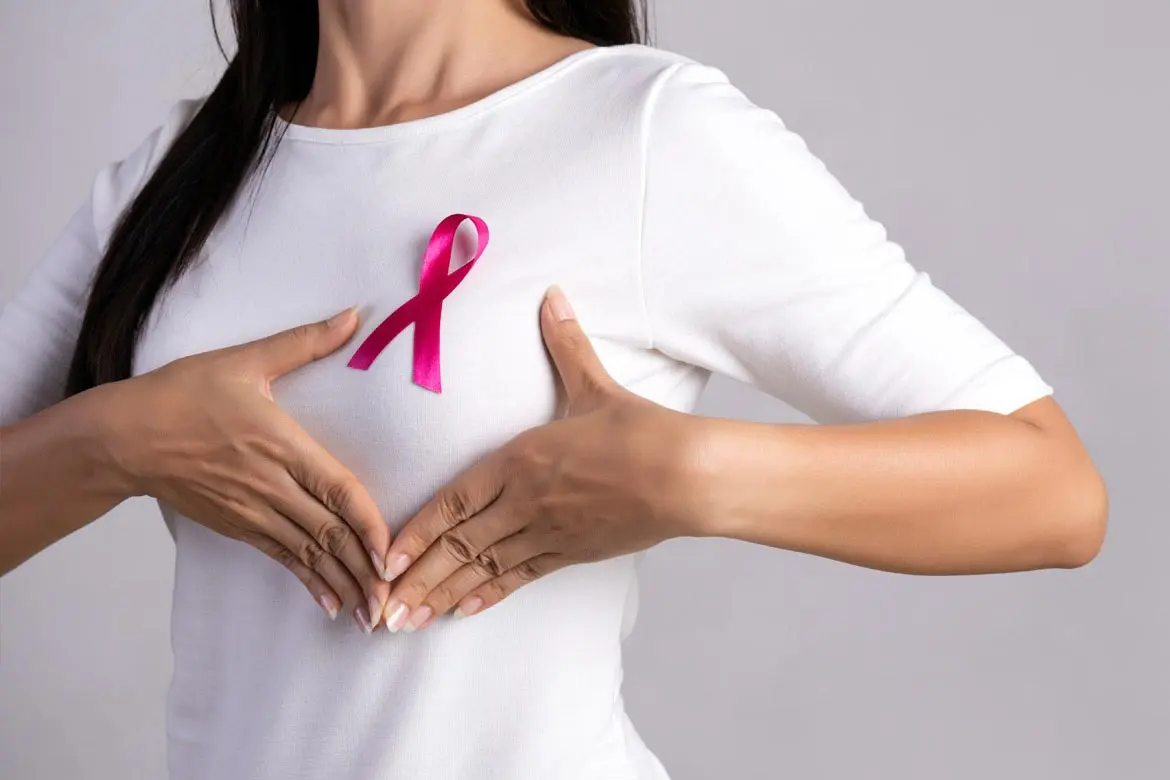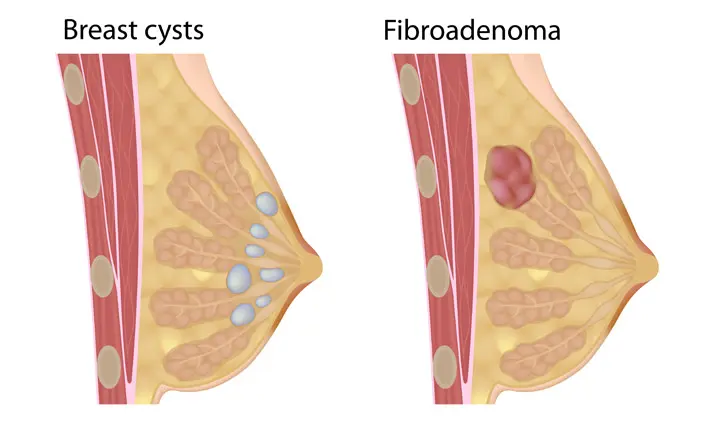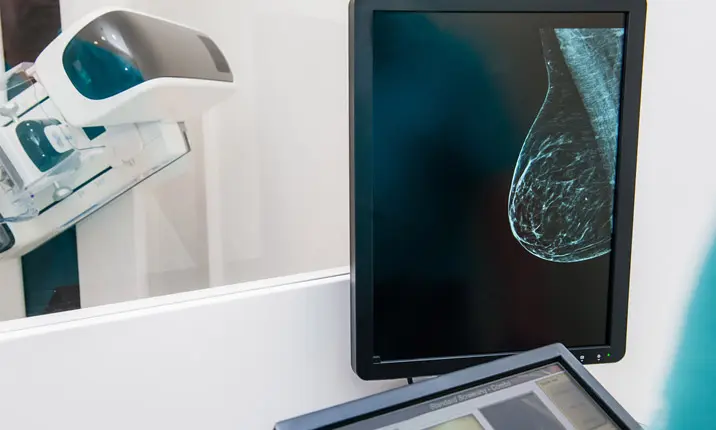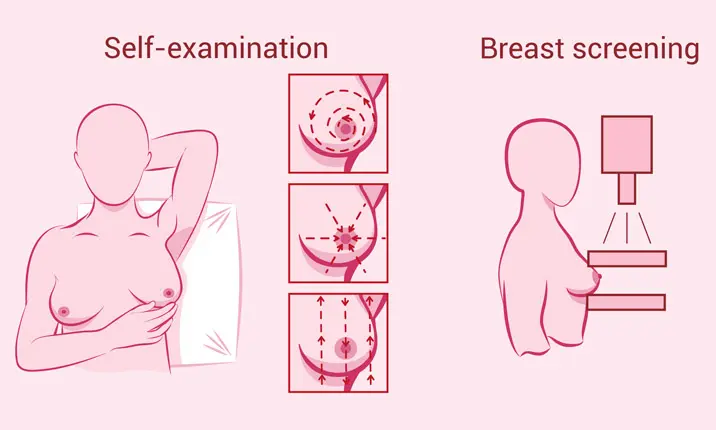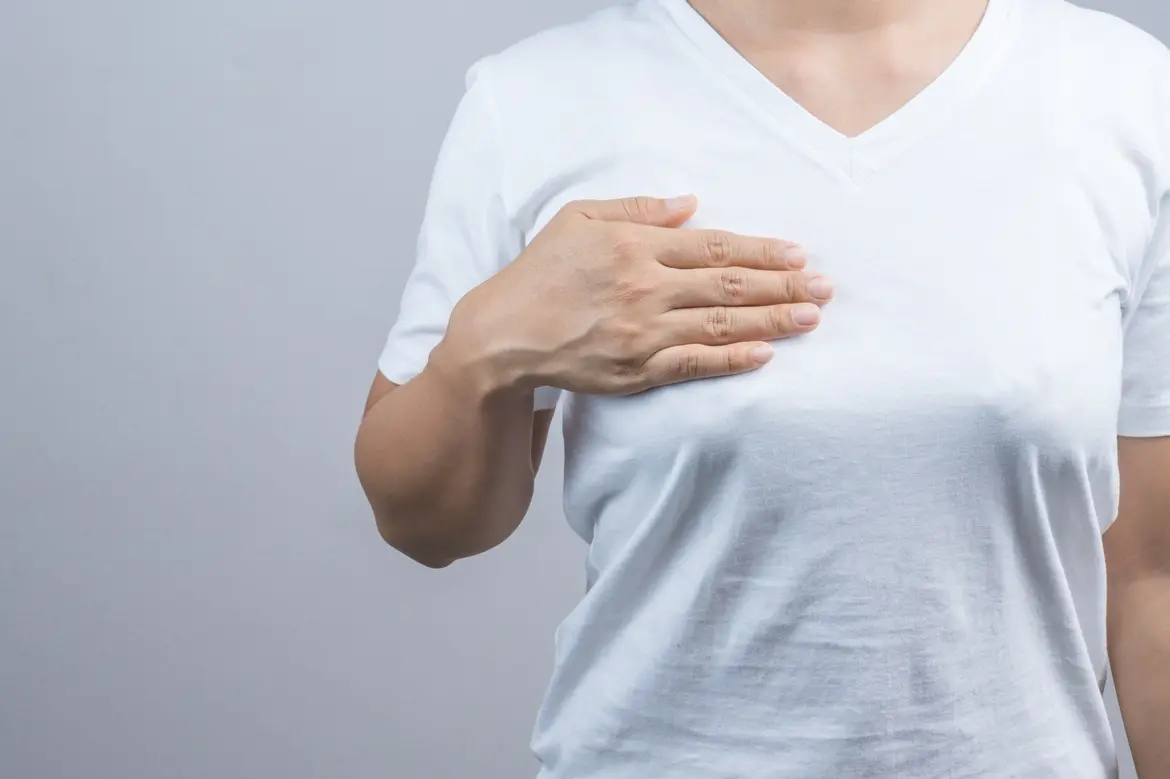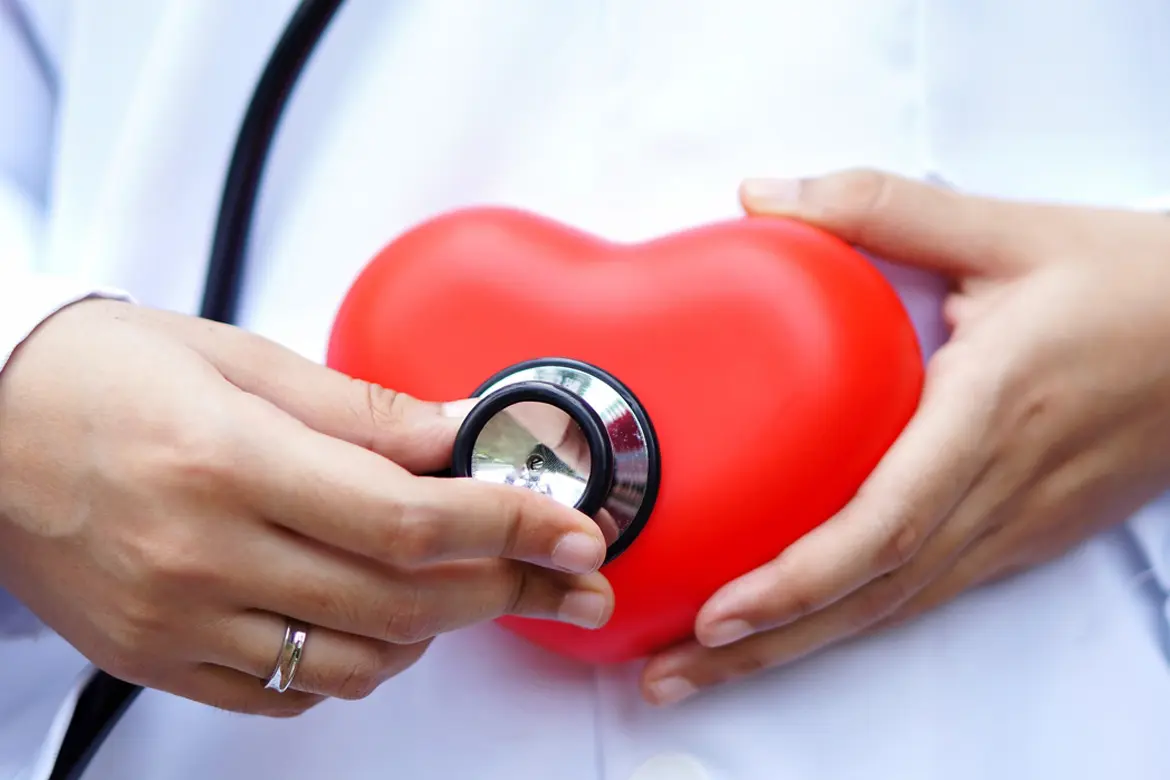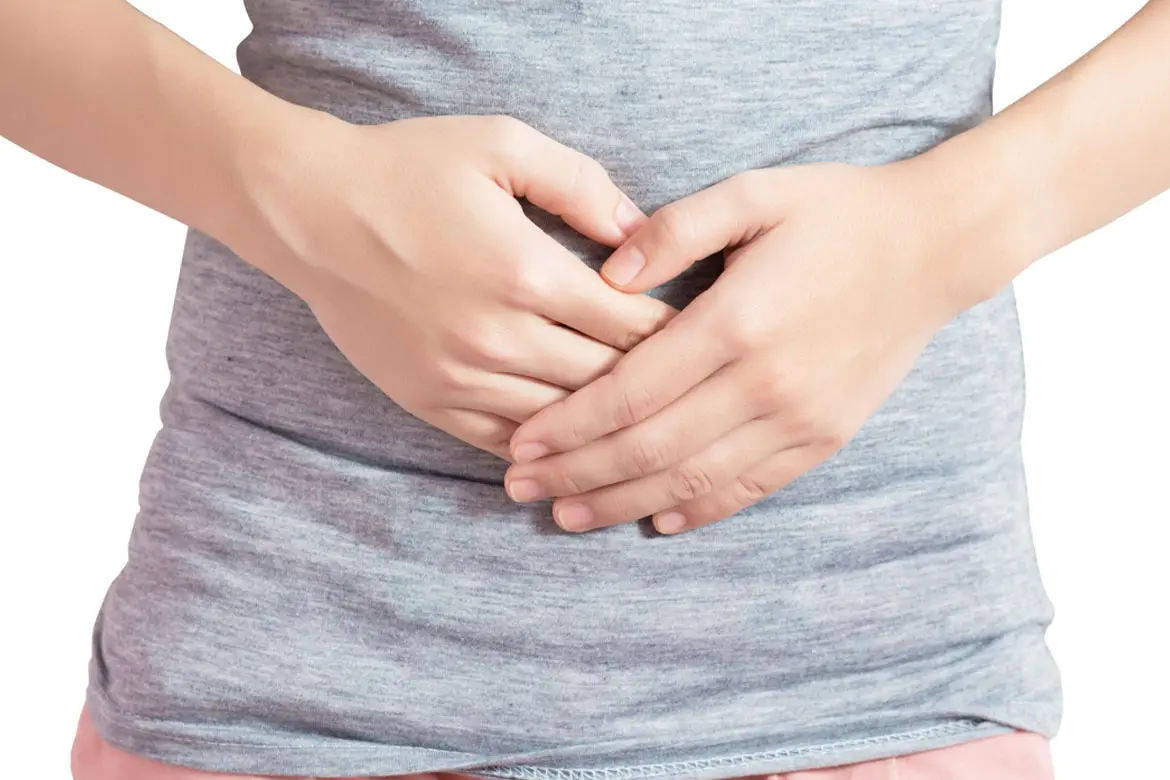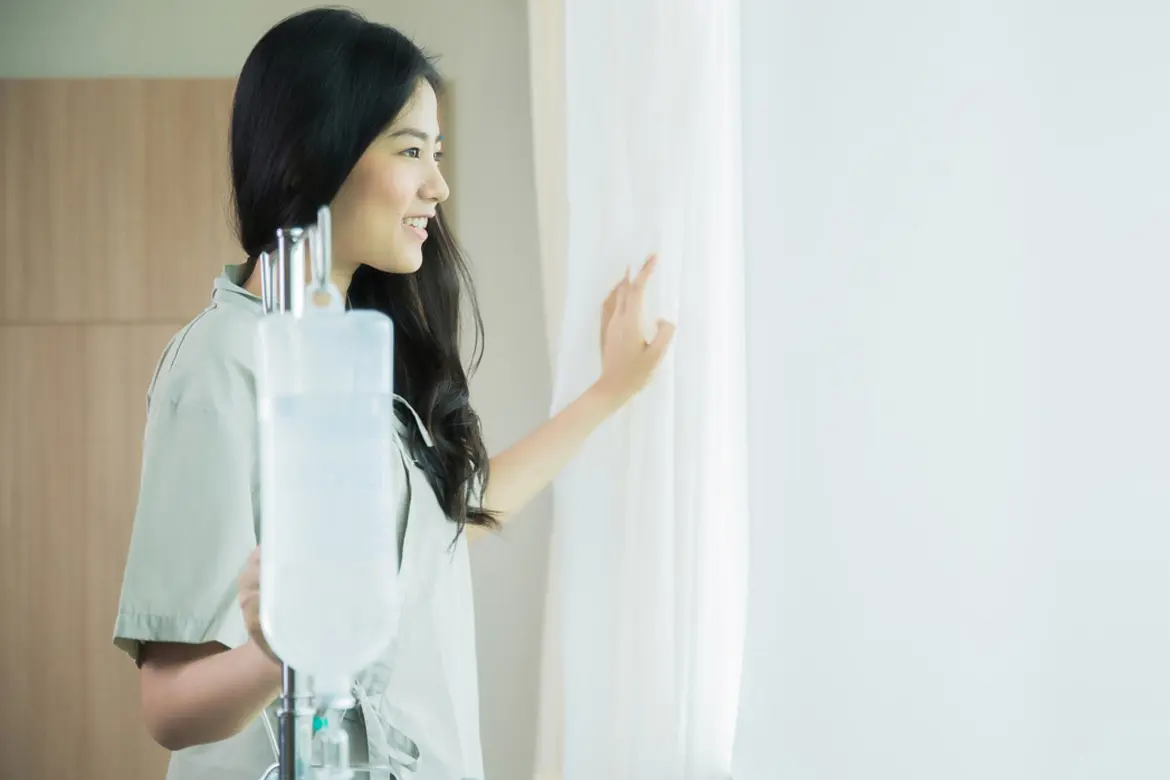1. I’ve a lump in my breast? Is it a sign of breast cancer?
First of all, you shouldn’t panic. It is common to have breast lumps. Most of them are benign (non-cancerous).
Unfortunately, the most common sign of breast cancer is a painless lump.
What you need to do is to have it checked by a doctor and have some tests done to make sure that the lump is not a sign of something more serious.
While most breast lumps are benign (non-cancerous), it is best to eliminate the possibility of cancer, so be sure to arrange an appointment with your doctor for a diagnosis.
Early detection is key to detect common cancers such as breast cancer in women.
2. What are the common causes of breast lumps?
Breast lumps may be caused by many things, and some of them are not found in the breast itself. These include sebaceous cysts which are found in the skin while others known as lipomas are found in the fatty tissue surrounding the breast. These are not harmful and do not require treatment, though they may be removed depending on your preference.
3. What are the types of breast lumps?
The common types of breast lumps that come from the breast itself include:
Fibroadenomas
Fibroadenomas are usually found in ladies between the ages of 20 – 30. They are usually small, around 1 – 2cm, with smooth contours and very mobile. They arise from the milk glands in the breast where there is a benign overgrowth of tissue.
Among older ladies, or when the detected lump is large, tests are recommended to rule out phyllodes tumour, which is a 'cousin condition’.
Phyllodes tumour
Phyllodes tumours develop in the connective tissues of the breast. They are rare but occur most often in women in their 40s.
Phyllodes tumours grow quickly and are usually benign (non-cancerous). However, some of them may turn out to be malignant hence it is best to have them removed.
How are fibroadenomas treated?
Fibroadenomas can be safely left alone but occasionally your doctor may recommend they be removed.
Breast cysts
Breast cysts (fluid-filled lumps) are very common in ladies in their 30 – 50’s.
During this time, the breast tissue undergoes a process known as involution, which means the breast tissue start to shrink.
The milk glands can turn into cysts and the surrounding breast tissue becomes more fibrous, and hence this is known as fibrocystic changes.
Fibrocystic changes in the breast
Fibrocystic changes in the breast are not cancerous hence they do not significantly increase your risk of breast cancer. However, they can make it more challenging to detect breast cancer.
While it is not a disease because it does not cause ill-health, it can make your breasts feel lumpy and tender. You may also experience nipple discharge or leakage that appears straw-coloured, greenish or brown, with no blood. Occasionally, cysts in the breast can get infected.
How are breast cysts treated?
Cysts are usually left alone. If they are large or painful, they can be drained using a small needle and syringe with local anaesthetics.
Cyclical lumpiness
Ladies’ breasts are sensitive to the hormonal changes that drive the menstrual cycle. One of the hormones called progesterone causes the breast to be lumpy and tender. Sometimes the lumpiness can be so prominent that a lump can be felt, even when the breast tissue is normal. This lumpiness occurs usually 7 days before and after menses, though for some women it can last longer.
How is cyclical lumpiness treated?
This lumpiness will settle over time, but it is important that any lumps are checked to rule out cancer.
4. Can men get breast lumps?
Yes, men can get breast lumps too because men have small amounts of breast tissue behind the nipples. This makes it possible for men to develop breast cancer too hence any lumps should be checked by a doctor.
Men who find lumps in the breast area may also be experiencing a non-cancerous condition called gynaecomastia (enlarged breasts in men). It usually develops over time and may be triggered by a hormonal imbalance. While men produce higher levels of testosterone, they also produce oestrogen. Testosterone keeps breasts from developing in men, however factors like obesity, puberty and increasing age can cause testosterone levels to dip and/or oestrogen levels to rise, allowing breast tissue to develop.
5. How are breast lumps diagnosed for cancer?
Any breast lump should be managed by a doctor experienced in looking after breast conditions. While many breast lumps turn out to be benign, it is best to rule out breast cancer by getting the necessary tests.
According to the Singapore Cancer Registry Report 2022, breast cancer is the most cancer among women in Singapore, accounting for 29.6% of all cancers diagnosed in females. As early detection improves the chances for successful treatment, monthly self-breast examinations are important for women aged 20 and above, and annual mammograms for women aged 40 and above. If any lumps are detected, you should see a doctor for advice.
To minimise the risk of missing a breast cancer, the doctor will perform a triple assessment. This consists of:
- Clinical assessment, which includes taking a detailed medical history and physical examination
- Radiological assessments such as mammograms and ultrasound as appropriate
- Pathological assessment which is a breast biopsy.
To date, there are no blood tests clinically proven to have high levels of accuracy in detecting breast cancer.
Here is an overview of what you can expect in a triple assessment:
Physical examination
In a physical assessment, your doctor will perform a breast examination and look for visible signs such as changes or irregularities in the shape or size of the breasts, dimpling of the skin, skin changes such as thickening, swelling or redness, inversion or abnormality of the nipple, or nipple discharge.
Mammogram
A mammogram is an X-ray of the breast, performed by compressing the breasts between two plates. The image is reviewed by a radiologist who will identify any areas that require further attention by your doctor.
A mammogram is recommended as part of annual breast cancer screening for women above 40 years.
Breast ultrasound
An ultrasound is a non-invasive procedure that uses high-frequency soundwaves to create an internal image of the breast. It may be recommended to complement a mammogram or if you have dense breast tissue that prevents a clear mammogram image. It can also help to confirm the location of any lumps detected in a mammogram and determine if it is a fluid-filled cyst or a tumour.
Breast biopsy
If a breast lump is detected, your doctor may recommend a breast biopsy. In this procedure, a small sample of breast tissue is extracted so that it can be tested in a laboratory. This is the most effective way to determine if the tissue is benign (non-cancerous) or malignant (cancerous).
6. What can I expect during a breast doctor appointment?
Your doctor will enquire into your symptoms and risk factors. During breast examination, you will be requested to remove your top and bra. There should be a chaperone. You will lie down with your hands behind your neck. Your doctor will examine your breasts and armpit, and may also do a bedside ultrasound scan. Depending on the findings, your doctor may arrange for mammograms and ultrasounds, followed by a biopsy if necessary.
7. Early warning signs of breast cancer
A lump in the breast is not the only sign of breast cancer. These are some other symptoms which may point towards breast cancer.
- Lump in the underarm area
- Swelling, redness or darkening of the skin over the breast
- Dimpling of the skin on the breast
- Flat or indented area of the breast
- Changes in breast size or shape
- Prominent veins on the surface of the breast
- Sudden nipple discharge
- Nipple itch, rash or soreness
- Nipple inversion
- Pain in a specific part of the breast
8. How often should I get a mammogram and breast examination?
All ladies should self-examine their breasts monthly. For those who are still experiencing menses, the examination should be done 7 days after the start of the menses. For women who have already experienced menopause, a breast examination may be performed at any day of the month.
Ladies between the ages of 40 – 50 should consider going for a breast screening annually, which includes a mammogram. Ladies after the age of 50 should go for a breast screening every 2 years.
9. How are breast lumps treated?
Some benign lumps can be safely left alone, and removal is optional. Phyllodes and other tumours should be removed.
Removal of breast lumps
Surgery to remove breast lumps is known as a lumpectomy, which preserves most of the breast. In contrast, removal of the entire breast is known as a mastectomy.
When breast cancer is detected early, a lumpectomy may be sufficient to successfully remove all the affected tissue.
Treatment for breast cancer
There is a wide range of options available for treating breast cancer, which aim to get rid of the cancer and for cosmesis.
Treatment for breast cancer usually involves surgery to remove the tumour, followed by additional treatments to destroy remaining cancer cells and help prevent the cancer from returning. The treatment plan is determined by several factors such as the stage of the breast cancer, the size of the tumour and the risk of it spreading to other organs.
Surgery
There are different types of breast cancer surgery, which include:
- Lumptectomy, a type of breast cancer treatment which involves surgically removing a tumour in your breast that can either be malignant or benign. Also known as partial mastectomy or breast-conserving surgery, lumpectomy removes only the part of your breast where the tumour is located.
- Mastectomy, a surgical procedure to remove the entire breast primarily to treat breast cancer or to reduce one’s risk of breast cancer.
- Axillary lymph node dissection, which removes cancerous lymph nodes.
Radiotherapy
Radiotherapy channels high-powered beams of radiation to kill cancer cells. It may be performed externally with a machine or internally by temporarily inserting radioactive pellets close to the site of the tumour. This form of internal radiotherapy is known as brachytherapy.
Chemotherapy
Chemotherapy involves powerful drugs to help shrink or starve the tumour. It may be prescribed on its own, before surgery to help shrink the tumour or after surgery to help destroy any cancer cells that could not be removed during surgery.
Some forms of chemotherapy may produce side effects. While everyone responds differently to chemotherapy treatment, it is important to speak to your doctor about what to expect during your treatment.
Hormone therapy
Some types of cancer, such as breast cancer, are sensitive to hormones. The use of hormone therapy helps to block your body’s production of those hormones, or it can block the hormone receptors on the cancer cells. This can help to slow or stop further development of the cancer.
Targeted therapy
Targeted therapy is a type of breast cancer treatment that uses drugs to target specific genes and proteins that are involved in the growth and survival of breast cancer cells.
Regular health screening is key to detect early signs of breast cancer
The key is to catch any lumps early, while they are still small and before they spread to other organs, as early detection and treatment for breast cancer offers improved chances for successful treatment. Being disciplined with monthly self-breast examinations and routine breast screening can help detect any signs and symptoms early.
If you have signs and symptoms that you are unsure about, speak to your doctor. You may also find out more about breast cancer screening by speaking with one of our specialists today.
The improvement on your quality of life can be dramatic, so it’s important to prioritise treatment if you need it.
